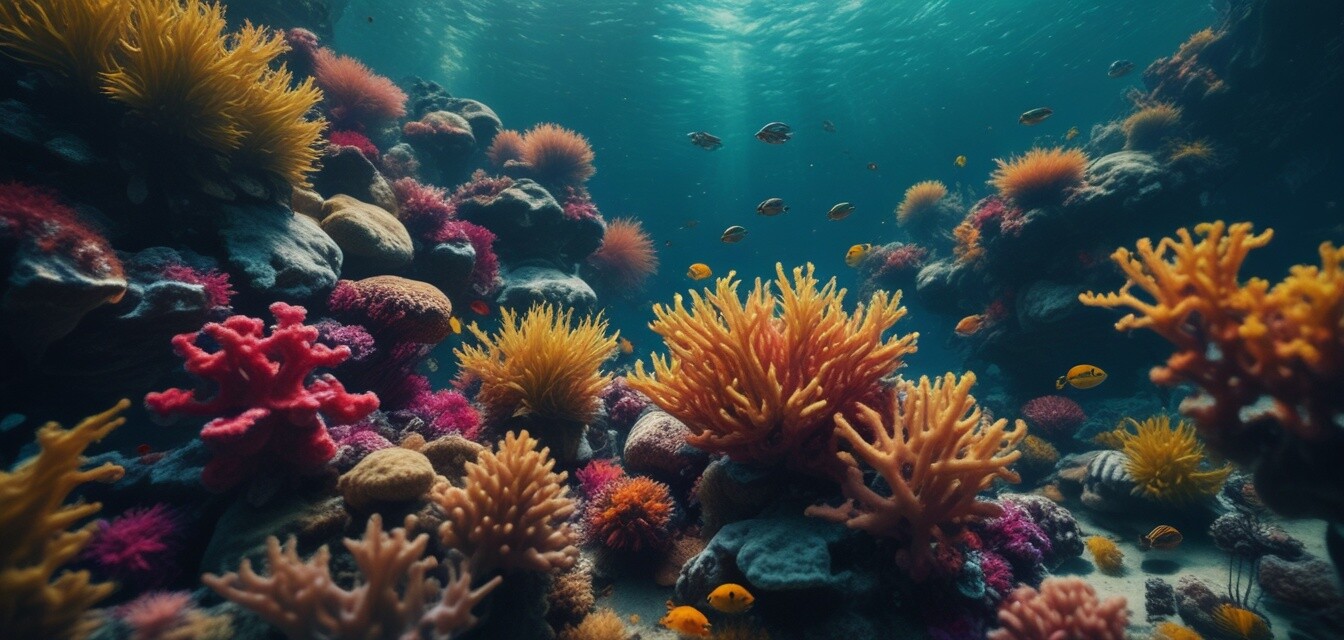
The art of underwater storytelling through photography
Key Takeaways
- Understanding composition is essential for storytelling.
- Utilizing natural light and color enhances narrative depth.
- Planning your shots can improve focus and clarity.
- Incorporating subjects and environments tells a more engaging story.
- Practice and patience are the foundations of great underwater photography.
Underwater photography is not merely about capturing images; it's about telling compelling stories. Whether you're exploring coral reefs or the depths of the ocean, the ability to convey narratives through your photographs can transform ordinary moments into profound experiences. This article delves into various techniques for crafting captivating stories through underwater photography.
Understanding composition
Good composition helps direct a viewer's attention and enhances the narrative strength of your images. Here are key compositional techniques to keep in mind:
- Rule of Thirds: Divide your frame into a 3x3 grid. Place essential elements along the grid lines or at their intersections for a balanced image.
- Leading Lines: Use natural lines in your environment, such as rock formations or the water's surface, to guide the viewer's eye through the story.
- Framing: Use elements within the scene to frame the main subject. This emphasizes its importance and creates depth.
Utilizing natural light and color
Natural light, especially underwater, can present unique challenges and opportunities for storytelling. Understanding how light interacts with water is essential:
- Golden Hour: Shooting during the golden hour (early morning or late afternoon) can enhance color saturation and warmth.
- Color Filters: Consider using color filters to counteract the blue or green tones that dominate underwater photography.
- Silhouettes: Positioning your subjects against a light source can create powerful silhouettes, adding drama to your stories.
Planning your shots
Preparation is vital in underwater photography. Here are some tips to plan your underwater storytelling effectively:
- Research the location and its unique marine life to anticipate potential shots.
- Develop a shot list to focus your sessions and not miss key moments.
- Consider the time of day for optimal light conditions.
Incorporating subjects and environments
To create a narrative, it's crucial to incorporate both subjects and their environment effectively. Here's how to do it:
| Subjects | Environmental Elements | Story Elements |
|---|---|---|
| Marine Life | Coral Reefs | Highlight biodiversity and interconnectivity. |
| Divers | Shipwrecks | Indicate adventure and exploration. |
| Fish Schools | Open Ocean | Convey the feeling of vastness or isolation. |
Practice and patience
Finally, remember that, like any art form, storytelling through photography requires practice and patience. Don't rush the process. Here are a few tips to enhance your skills:
- Experiment with different angles and perspectives to find unique compositions.
- Review your images and learn from every outing. What worked? What didn’t?
- Join underwater photography communities for support, feedback, and learning opportunities.
Tips for beginners
- Start with basic gear and gradually upgrade as you become confident.
- Practice buoyancy control to improve your stability while photographing.
- Learn about underwater photography techniques and settings.
Pros
- Captures unique and colorful moments in nature.
- Enhances appreciation for underwater ecosystems.
- Develops storytelling skills within a stunning environment.
Cons
- Can be challenging for beginners without experience.
- Equipment can be expensive and require maintenance.
- Requires knowledge of underwater conditions and safety.
Conclusion
Underwater photography is a beautiful way to tell stories about our planet's oceans and their inhabitants. By mastering composition, utilizing light, planning your shots, and embracing patience, you can create captivating underwater narratives that resonate with viewers. For more tips and techniques to enhance your skills, check out our Tips and Techniques category.

